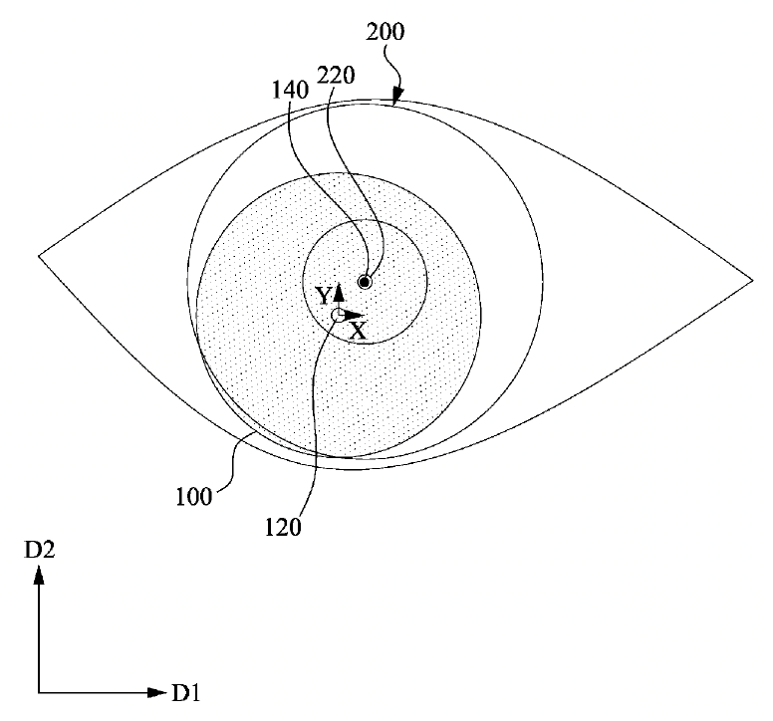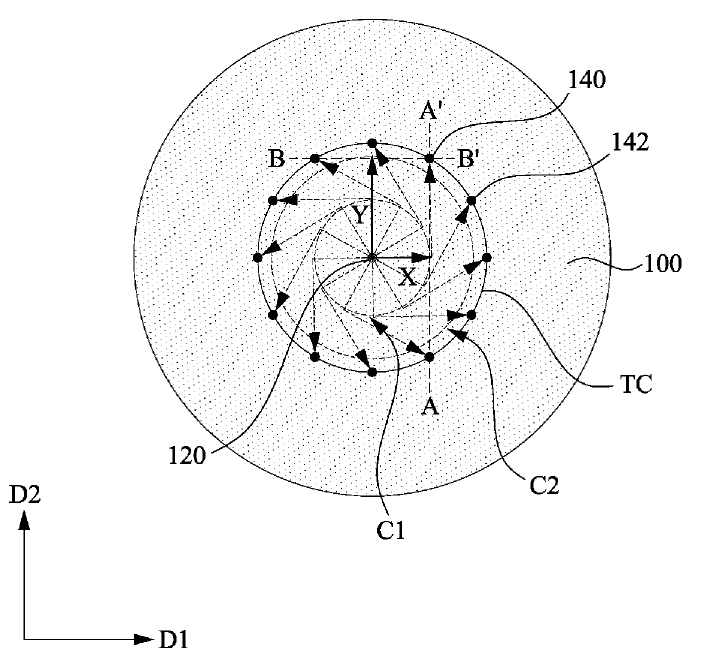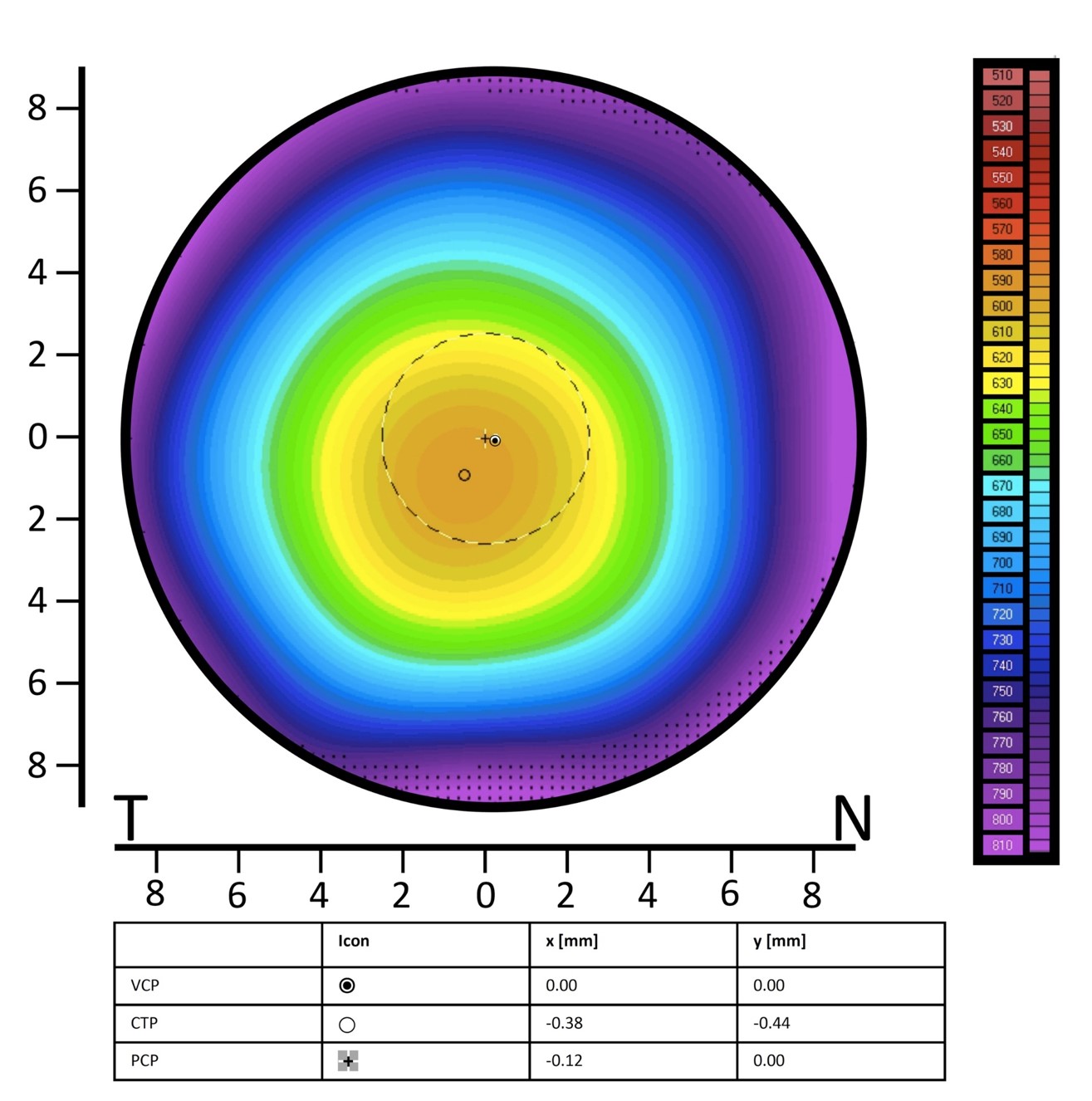Introduction
1. According to a 2016 study published by the National Center for Biotechnology Information (NCBI), myopia affects 1.89 billion people globally, projected to affect 2.56 billion by 2020. Furthermore, myopia and high myopia are expected to affect 52% (4.949 billion) and 10.0% (925 million) of the world's population by 2050, respectively. It is estimated that by 2030, the populations with myopia/high myopia will reach 3.36 billion/516 million, respectively.
2. Highly axial myopia is associated with several irreversible eye diseases, including retinal detachment, choroidal neovascularization, and macular degeneration. The technology described herein is a lens designed to enhance myopia control effectiveness. It consists of a lens center and a marker positioned on its surface. The lens is intended to be placed in front of the user's cornea, aligning the marker with the center of the user's pupil. The marker has a horizontal eccentricity relative to the lens center ranging from -1.8 mm to 1.8 mm and a vertical eccentricity ranging from -1.8 mm to 1.8 mm.
Features / strengths
1. According to a 2016 study published by the National Center for Biotechnology Information (NCBI), myopia affects 1.89 billion people globally, projected to affect 2.56 billion by 2020. Furthermore, myopia and high myopia are expected to affect 52% (4.949 billion) and 10.0% (925 million) of the world's population by 2050, respectively. It is estimated that by 2030, the populations with myopia/high myopia will reach 3.36 billion/516 million, respectively.
2. Highly axial myopia is associated with several irreversible eye diseases, including retinal detachment, choroidal neovascularization, and macular degeneration. The technology described herein is a lens designed to enhance myopia control effectiveness. It consists of a lens center and a marker positioned on its surface. The lens is intended to be placed in front of the user's cornea, aligning the marker with the center of the user's pupil. The marker has a horizontal eccentricity relative to the lens center ranging from -1.8 mm to 1.8 mm and a vertical eccentricity ranging from -1.8 mm to 1.8 mm.
Specification in detail
Intellectual Property Office, MOEA
I813083






